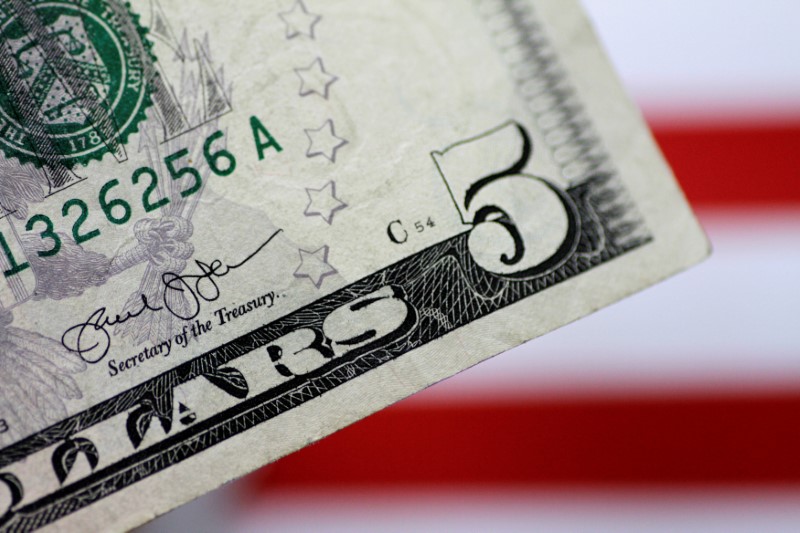Investing.com — Most Asian currencies moved in a flat-to-low range on Friday, coming under pressure from a stronger dollar following several hawkish cues from Federal Reserve officials this week, with focus now turning to an upcoming address by Chair Jerome Powell.
Concerns over a slowing post-COVID economic rebound in China also kept sentiment towards Asia dim, following a string of weaker-than-expected readings from the country.
The fell 0.1%, hitting an over five-month low as it sank further below the psychologically important 7 level against the dollar. The currency crossed the level earlier this week, and is likely set for more weakness in the coming days.
Markets are also betting that the will cut interest rates further to shore up economic growth.
Most other China-exposed currencies retreated on Friday. The shed 0.3%, while the lost 0.1%.
The rose 0.2%, but was headed for a second straight week of losses as concerns over slowing local economic growth weighed.
The was also among the few outliers for the day, rising 0.2% as data showed that in the country rose back towards a 40-year peak in April. A sustained rise in inflation could spur a hawkish outlook from the , although the bank recently signaled that it plans to maintain its ultra-loose policy in the near-term.
The yen was also nursing steep losses this week as optimism over raising the U.S. debt ceiling sparked sharp outflows out of safe haven assets. Both Democrat and Republican lawmakers signaled that they were close to reaching a deal to prevent a U.S. default.
The positive signals, coupled with a slew of hawkish comments from Federal Reserve officials this week, drove the dollar to a near two-month high.
The and fell slightly on Friday, but were set to add about 0.9% each this week.
General consensus among Fed officials was that U.S. inflation still remained too high, which is likely to see interest rates stay higher for longer. Some policymakers also warned of more potential rate hikes.
Still, show that markets are broadly pricing in a pause in the Fed’s rate hike cycle by June. But with U.S. interest rates likely to remain higher for longer, Asian currencies are set for more downside risks in the coming months.
Focus is now on a panel discussion involving at a Washington D.C. conference later in the day, for more cues on monetary policy.
Read the full article here





